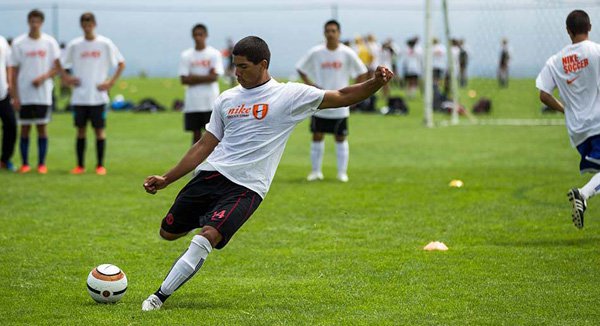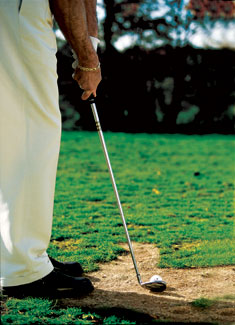making decopression stage with 50% air 50% oxygen
Question
Please advice on the following: when a diver dives with normal air to 45 meters at 20 minutes bottom time,upon the decompression stage 6 meters use a blend of 50% air and 50% oxygen. Are any Repercussions using this mixture? While on this matter what is the correct table to use for decompression ie the nitrox tables or the US Navy air standards tables which obviously give more time. I will highly appreciate your reply on the subject matter asp.
Answer
I'm assuming that the decompression gas you are talking about is 50% nitrox, containing 50% oxygen and 50% nitrogen? This is a standard decompression gas employed by many divers and is best switched to at 70 feet to take advantage of both the oxygen window and deep stops. If the gas really is 50% oxygen and 50% air then your mix will contain about 70% oxygen.
Making dives to 45 meters on air is seen as being okay by some or dangerous to others. Obviously, a diver will be dealing with narcosis at such depths and is at greater risk of making errors in judgment or having a slowed reaction time to emergencies. Some divers employ light nitrox mixtures such as 26% oxygen for dives to those depths to lessen narcosis and decompression obligations. Others prefer to use helium mixtures such as 21/35 or 21% oxygen and 35% helium for such dives. Using trimix reduces the equivalent depth from a narcosis standpoint from 45 meters to 26 meters.
The decision about which gas to use for a bottom gas is based upon training and availability. Most deep divers today prefer to dive helium mixtures, but helium isn't always available. Using nitrox and keeping the ppO2's for the working part of a dive below 1.4 ATA's is preferable to air diving in the mind set of most and finally there is air.
The idea behind using decompression gases is that you can get out of your decompression quicker than if you were on air. Decompression gases can be employed two ways. You can use an air decompression table and do a switch to a higher oxygen mixture and benefit from the oxygen by coming up more clean than you would according to the tables. This would be the decompression equivalent to diving nitrox using an air table or computer. Or, as most divers use decompression gases, to reduce the amount of time needed for decompression.
Most tables have been developed based upon the theories of Haldane and Buhlmann. There are other theories of decompression mechanics that might prove to be far safer such as the Varying Permeability Models or the Reduced Gradient Bubble Models. These theories will ask for mandatory stops far deeper than Haldanian and Buhlmann models. The idea is that by coming up even more slowly the gradient or the difference in the pressure of gases in the tissues and the reducing pressure in the blood at shallower depths will keep more tension on the tissues and allow the escaping inert gases more time to offgas with less bubble formation rather than bring a diver shallower faster where the difference in tissue and pressure and that of the circulatory system is greater and more likely to create an accident much like comparing the flow and speed of traffic. Less traffic and slower driving causes less accidents than more traffic and faster speeds.
Therefore, the use of dive planning software such as V-Planner or the use of dive computers with Reduced Gradient Bubble Models are often preferable to most dive tables in use today.
Regarding decompression gases, the deeper you can switch to a higher oxygen decompression gas, the more effective it will be in removing inert gases such as nitrogen from the tissues. This is because you are using the highest safe pressure of oxygen such as a ppO2 of 1.6 to rid the tissues of nitrogen sooner, deeper and with more force (greater pressure differential between blood gases and tissue gases). This is known as opening the oxygen window. For 50% oxygen and 50% nitrogen this can be done at 70 feet (21 meters). Divers who make deep switches also will usually employ deep stops and will switch to the gas at depth and then stop every 10 feet or 3 meters during ascent.
While using any higher oxygen mixture in conjunction with tables will give a diver a slight benefit from a decompression standpoint, proper training and understanding of decompression models and mechanics is important. While I've tried to provide an elementary education in the art in simple terms, it's more complicated than I've described and decompression strategy is best done from a state of the art approach. There are tables that are designed for air diving and 50% nitrox decompression such as those available through IANTD. I'd look for them in place of using nitrox or Navy tables. Most nitrox tables don't have standard decompression plans and with air tables if you wish to get out of decompression sooner you'd have to do your own calculations. I would suggest looking into V-Planner at www.vplanner.com and seeking entry level or triox/trimix training if possible for 45 meter dives.
pro sub dcv /bcd
Regulator inflator problem


